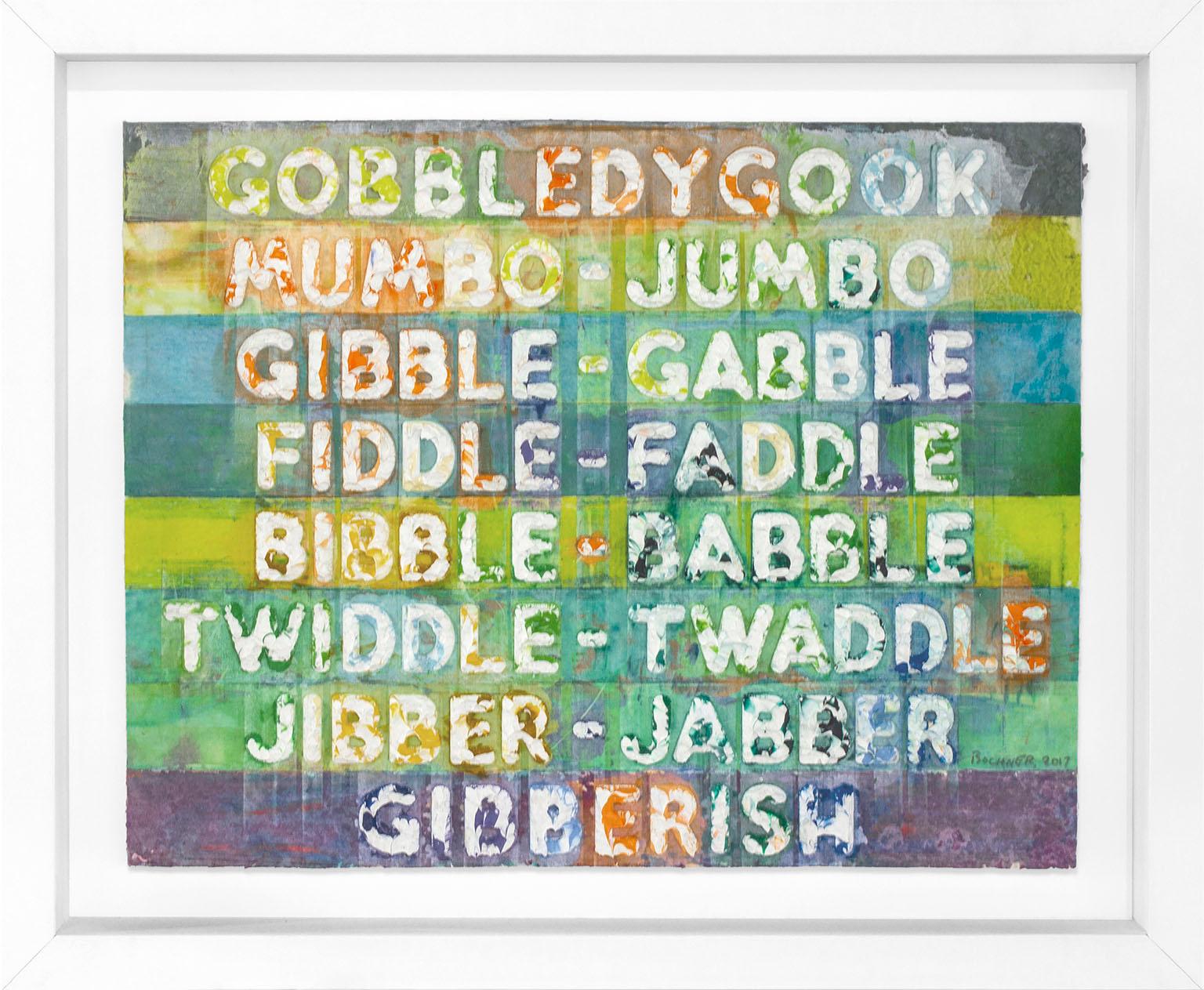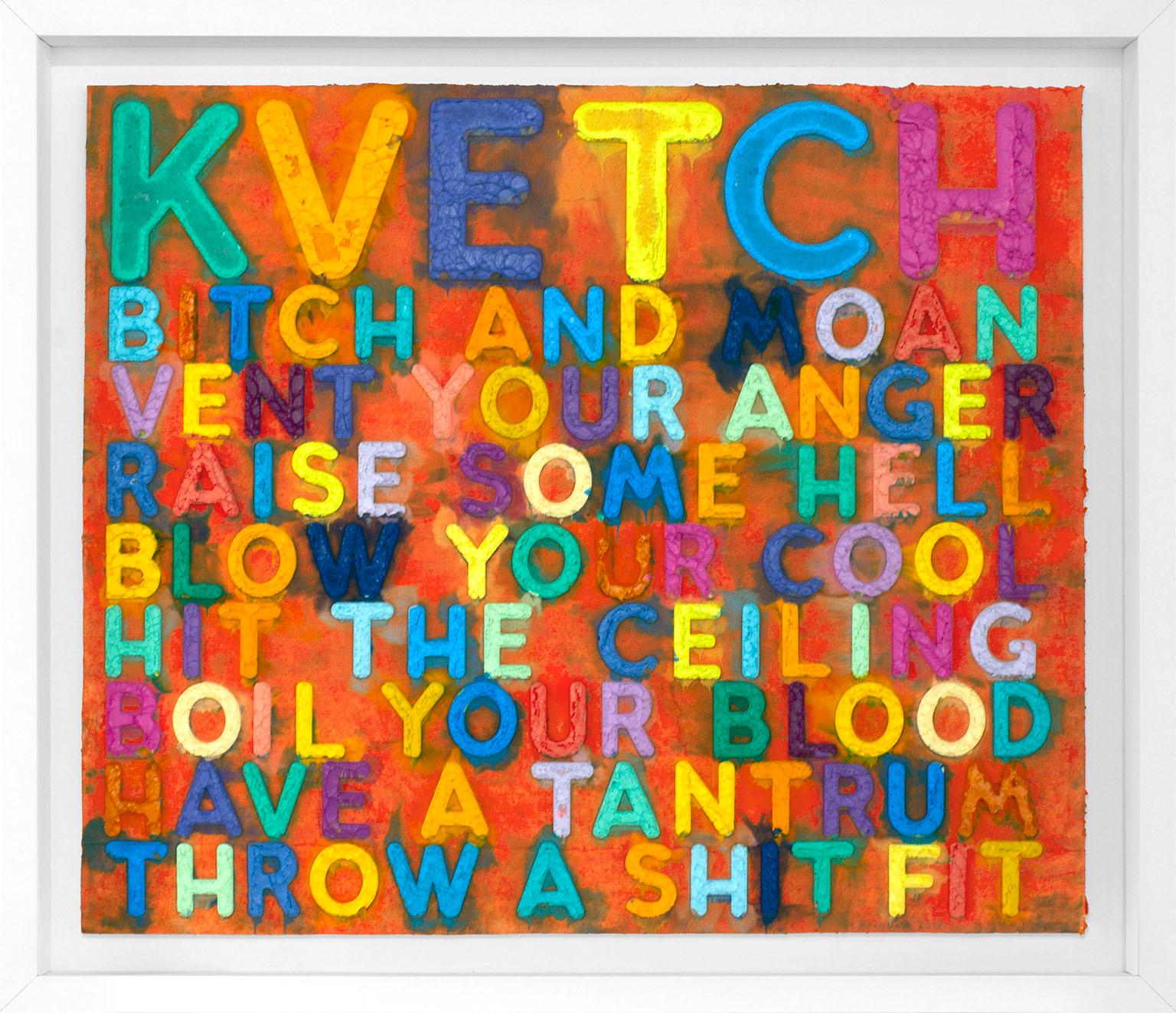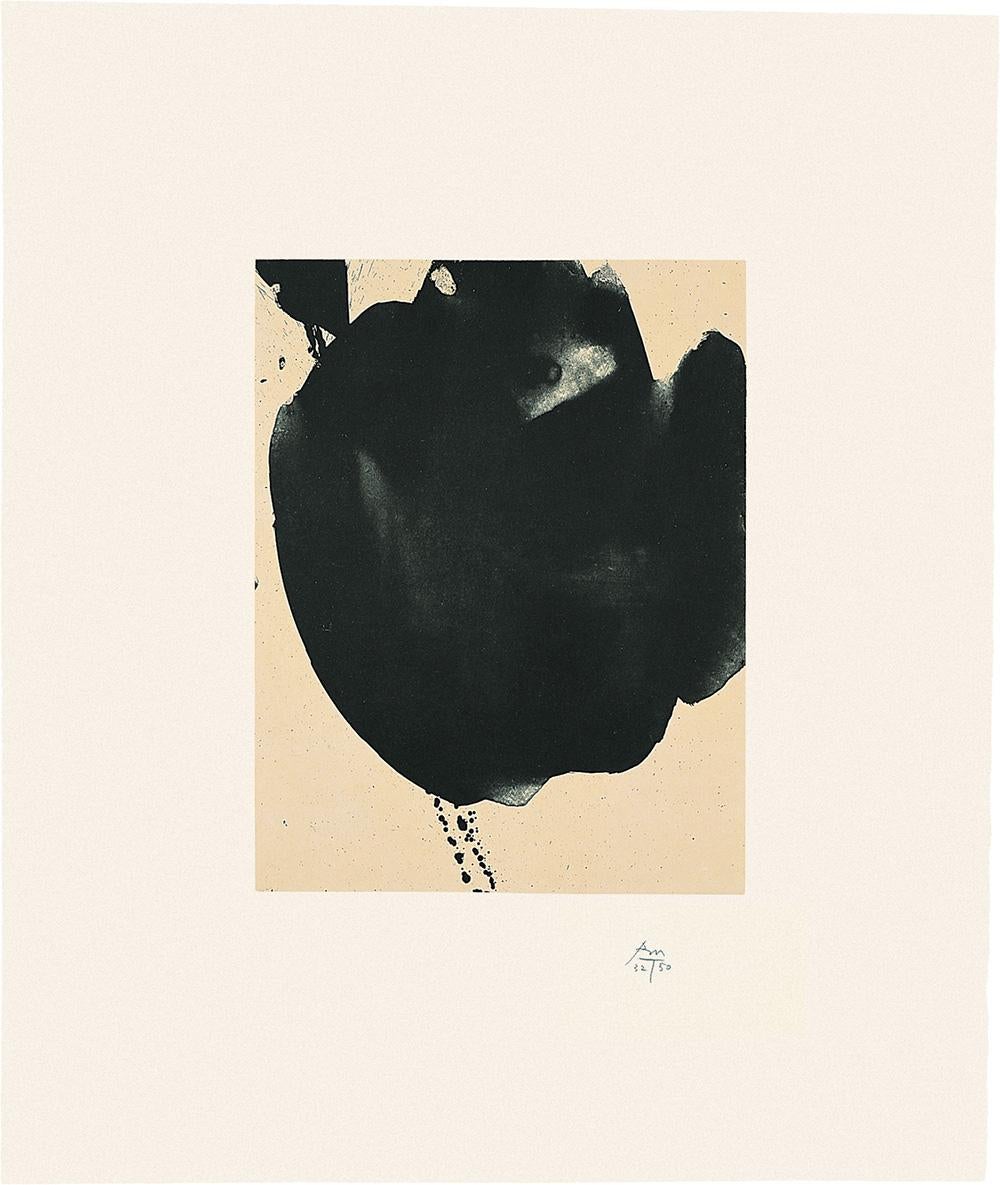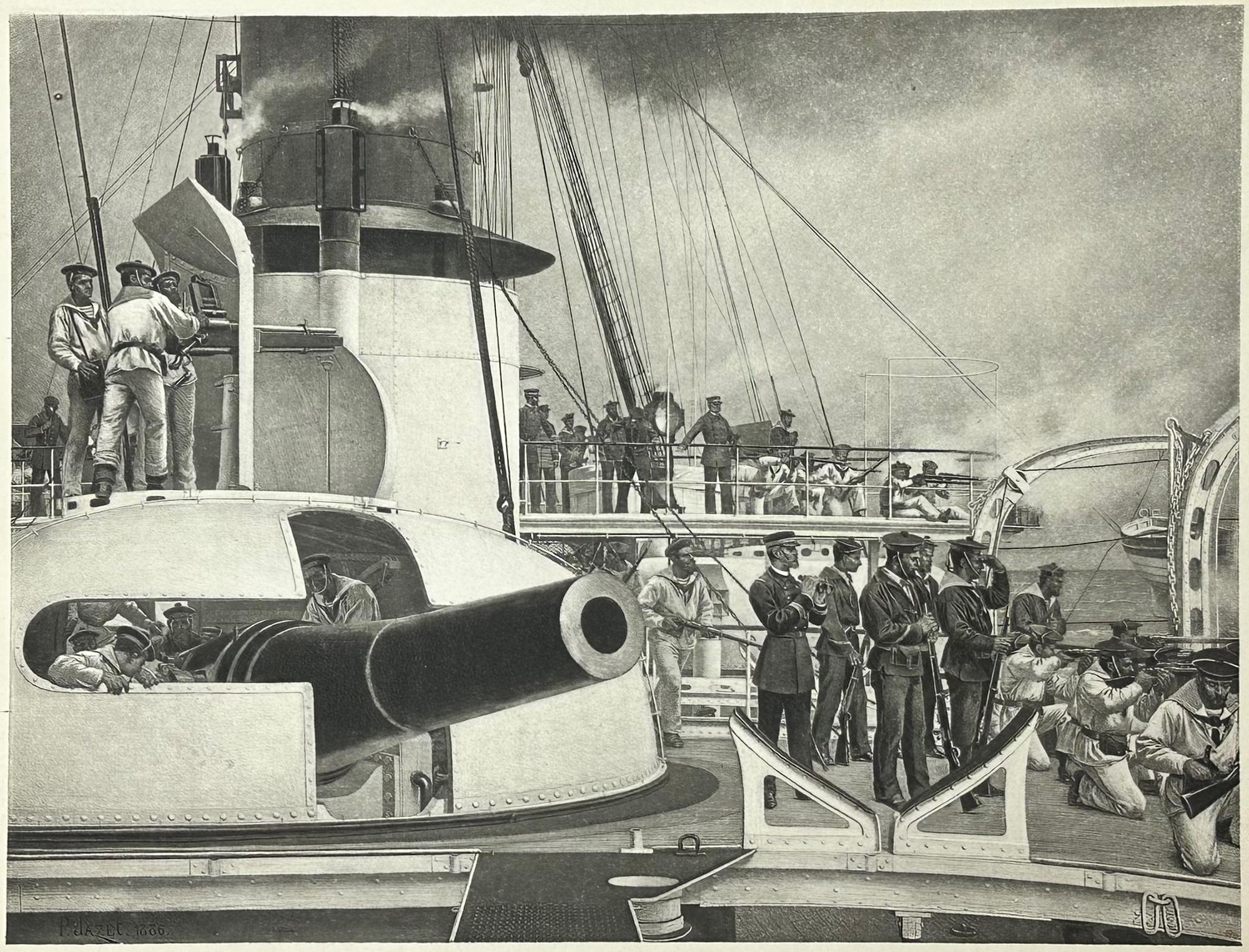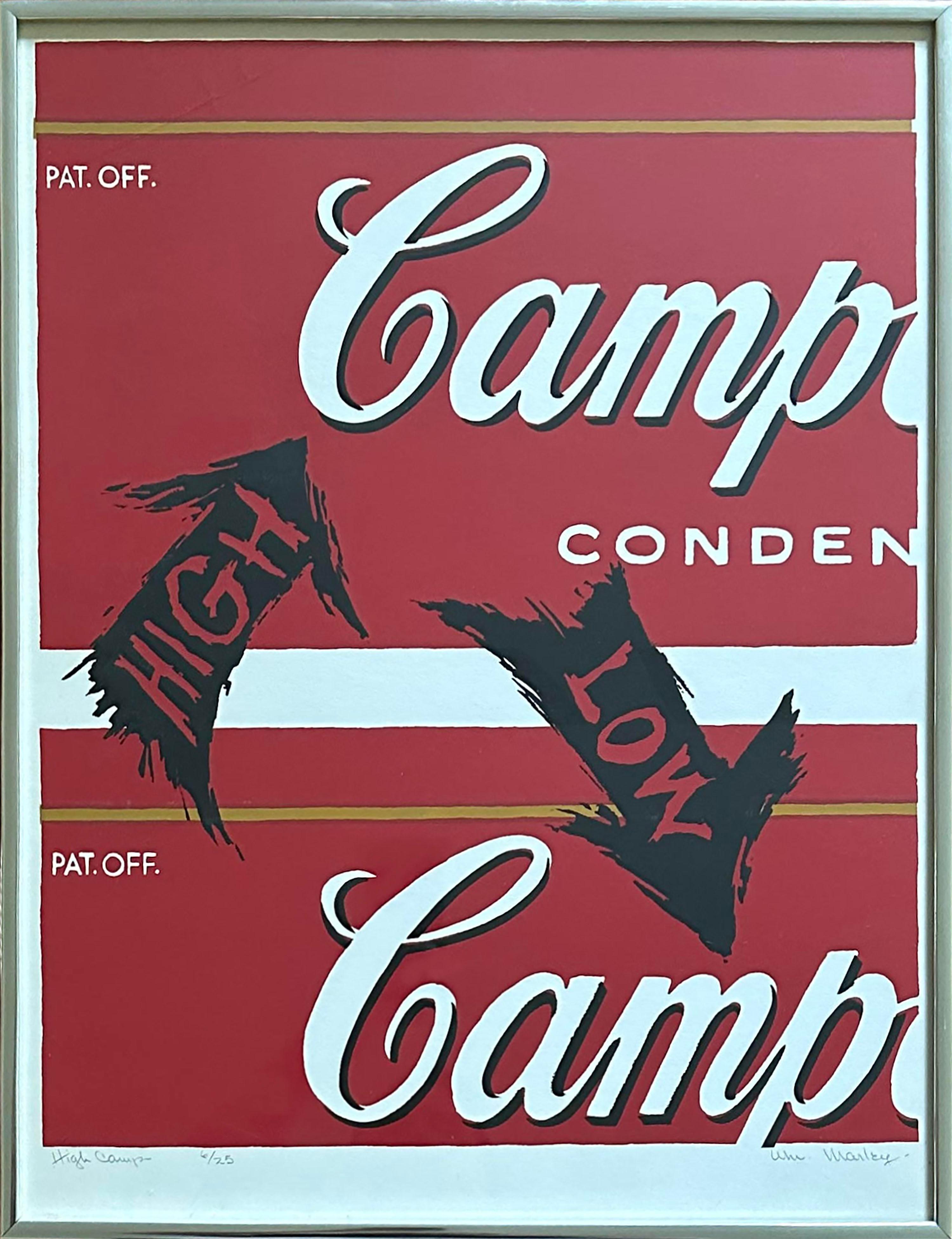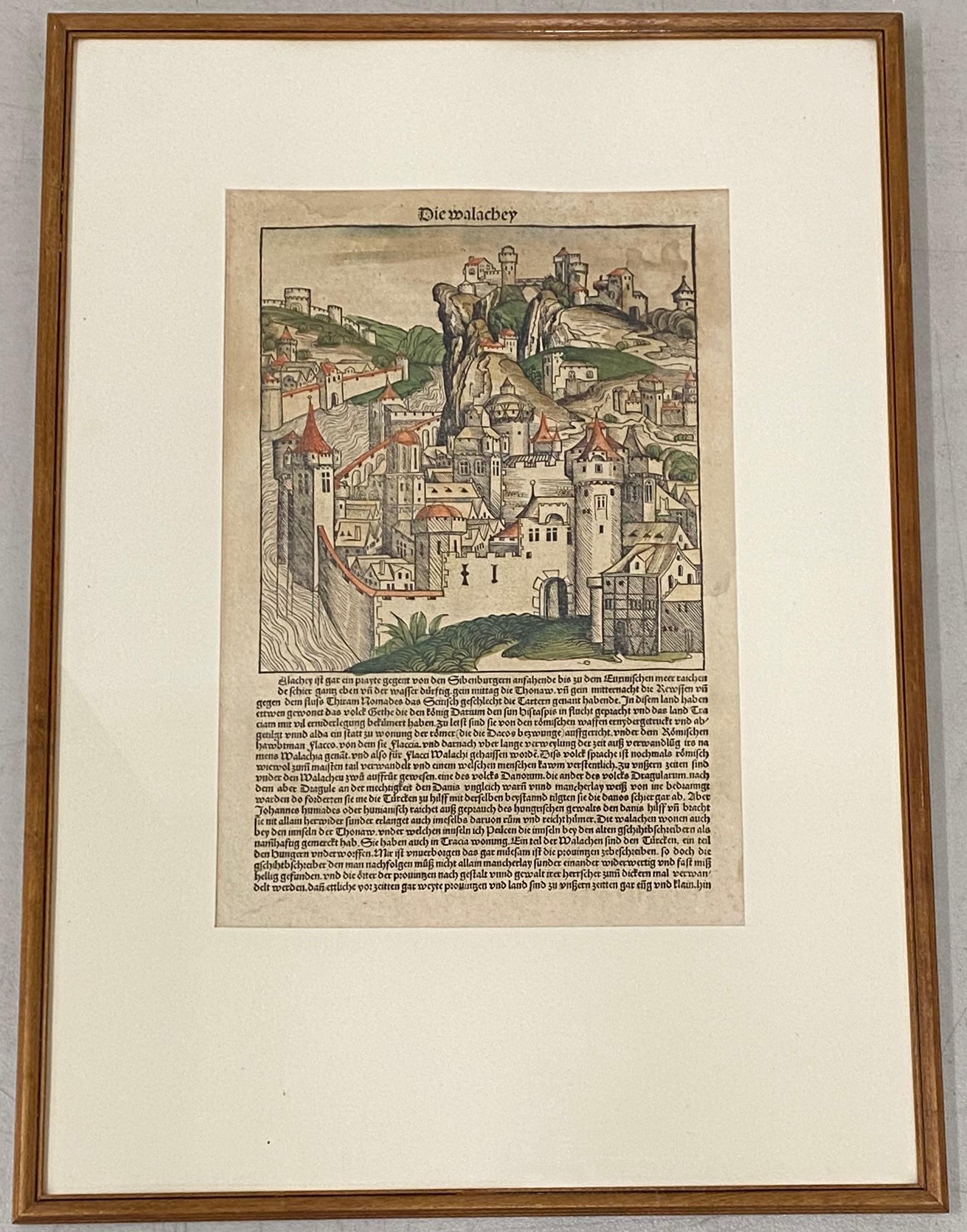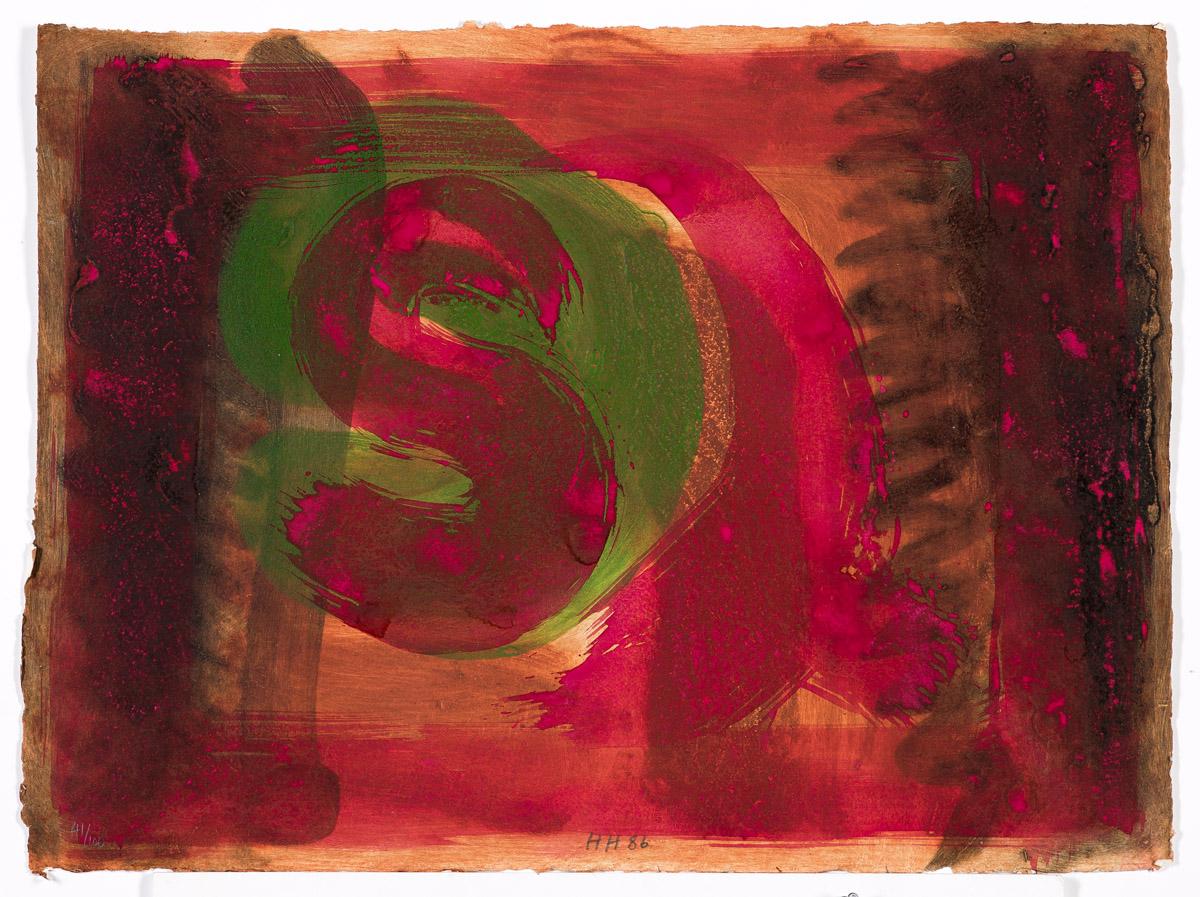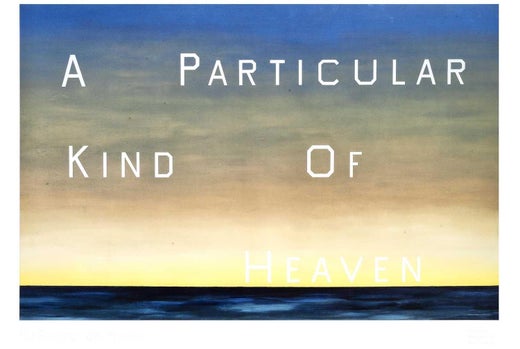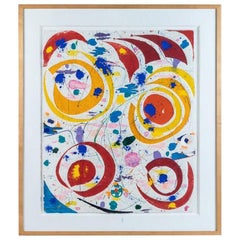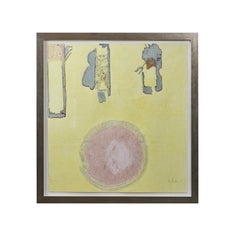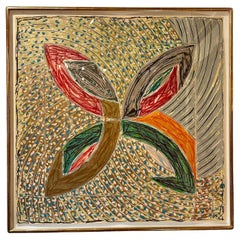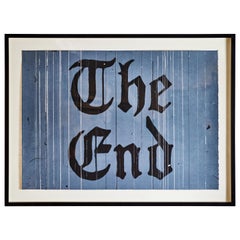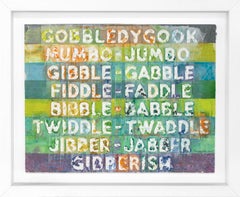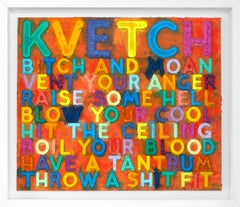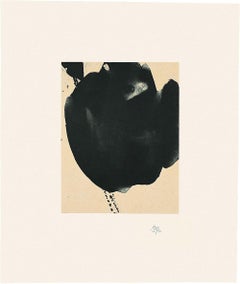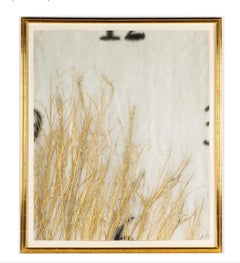
"Clock"
View Similar Items
Ed Ruscha"Clock"1994
1994
About the Item
- Creator:Ed Ruscha (1937, American)
- Creation Year:1994
- Dimensions:Height: 45.5 in (115.57 cm)Width: 39 in (99.06 cm)Depth: 1.5 in (3.81 cm)
- Medium:
- Period:
- Condition:
- Gallery Location:Los Angeles, CA
- Reference Number:1stDibs: LU2563212595822
Ed Ruscha
Indisputably one of the most iconic American artists of the 20th century, Ed Ruscha has built a formidable body of work by staking a claim on the deceptively simple intersection of text and image, superimposing elliptical phrases (or, often, single words) over West Coast landscapes to create prints and paintings that can be read instantaneously yet evade easy understanding.
Alongside artists like Robert Irwin and Billy Al Bengston, Ruscha was a pioneer of the 1960s Los Angeles art scene as part of the famed Ferus Gallery. His embrace of Hollywood vernacular and the open Western road have tied him as closely to the identity of L.A. art as Jackson Pollock is to that of New York.
Coming to California in 1956 at the age of 18, Ruscha intended to become a commercial painter but found himself drawn to fine art, over time being shaped by three galvanizing influences: Marcel Duchamp, Pop art and the movies.
Meeting Duchamp when the Pasadena Art Museum (now the Norton Simon Museum) hosted the French Conceptual artist's first U.S. show, Ruscha was especially affected by his use of "readymade" objects and imagery, rendered unfamiliar through unexpected titles or text. Andy Warhol's Campbell's Soup can paintings, meanwhile, were shown for the first time at the Ferus Gallery in 1962, opening up new vistas for Ruscha. Movies, then, provided another inspiration through their use of title cards, placing graphic text over filmic shots — The End, for instance — for maximum impact.
Ruscha began his famous series of word paintings in the 1960s, depicting various views of the Hollywood sign and the logos of studios like 20th Century Fox, but also roadside views like the Standard Oil stations dotting L.A.'s freeways. Over time these became more abstracted, pinning ambiguous, free-floating phrases (Wall Rockets is a famous example) to natural vistas, scenes of highways, or monochrome backgrounds. Beginning in about 1980, the artist began using a sharp font he designed himself, called Boy Scout Utility Modern.
A master printmaker who also works across the mediums of books, drawing, photography and even film — in 2009 he starred in a movie directed by the artist Doug Aitken — Ruscha has been an influence on a staggering array of artists, including Stephen Shore, Christopher Wool and Anselm Kiefer.
Ruscha's work has been featured in dozens of exhibitions around the world, including "Ed Ruscha: 50 Years of Painting" at London's Hayward Gallery (2009), "Ed Ruscha: Made in Los Angeles" at Madrid's Reina Sofia in 2002, a 2000 retrospective at the Hirshhorn Museum and Sculpture Garden, a survey of his works-on-paper at the J. Paul Getty Museum in 1998, and a 1982 retrospective that traveled to the Whitney Museum. In 2005 he represented the United States at the 51st Venice Biennale, and in 2009 he received a National Arts Award.
Find a collection of original Ed Ruscha lithographs and other art for sale on 1stDibs.
More From This Seller
View All1980s More Prints
Ink, Oil, Watercolor, Handmade Paper, Pigment, Monotype
Late 20th Century Abstract Prints
Ink, Handmade Paper
1980s Abstract Prints
Paper, Screen
1990s Prints and Multiples
Paper, Ink
21st Century and Contemporary Modern Paintings
Paper, Plywood
20th Century Mixed Media
Canvas, Paper, Oil, Acrylic
You May Also Like
2010s Contemporary More Prints
Oil, Handmade Paper, Engraving
2010s Contemporary More Prints
Oil, Handmade Paper, Engraving
1980s Abstract Expressionist Abstract Prints
Handmade Paper, Color, Lithograph
1840s More Prints
Ink, Watercolor, Handmade Paper
1990s Edo More Prints
Ink, Washi Paper, Woodcut
Late 19th Century French School Figurative Prints
Handmade Paper, Lithograph
